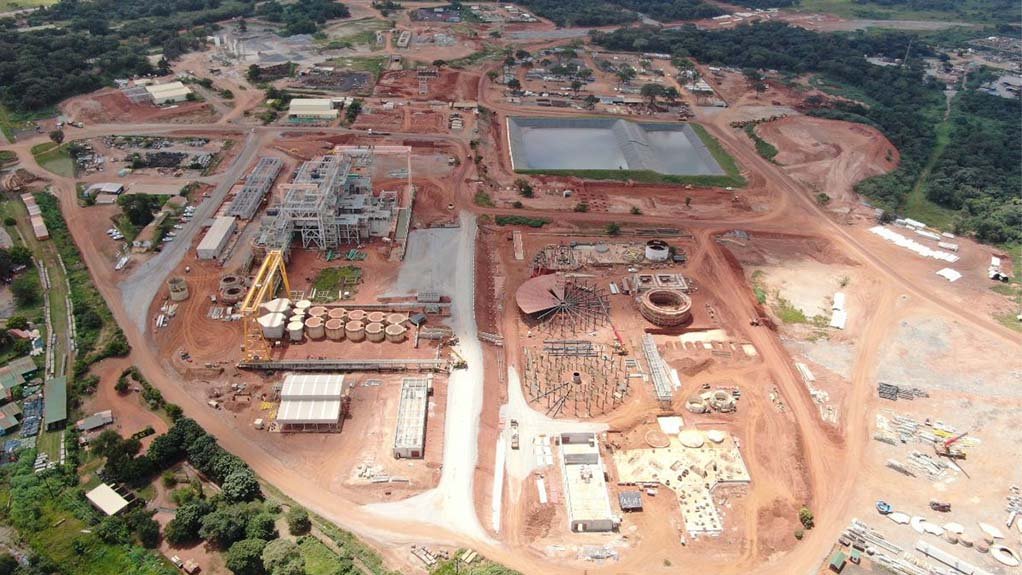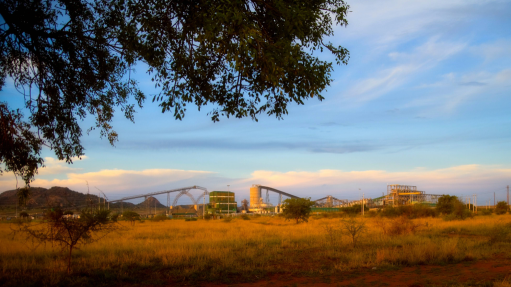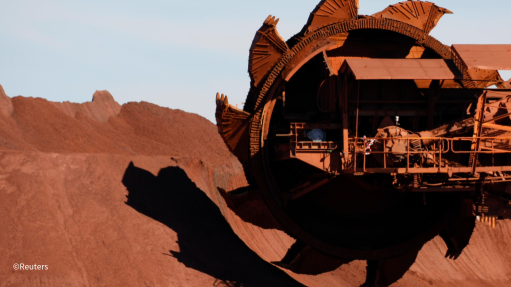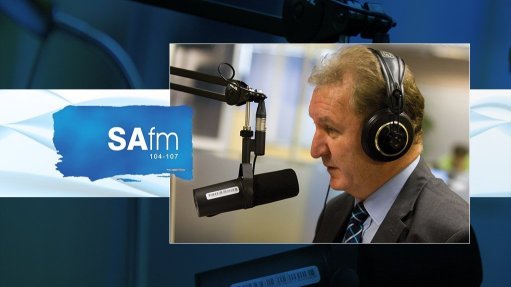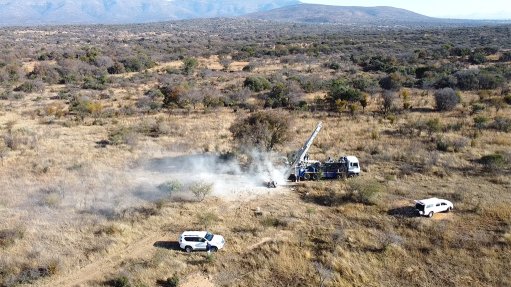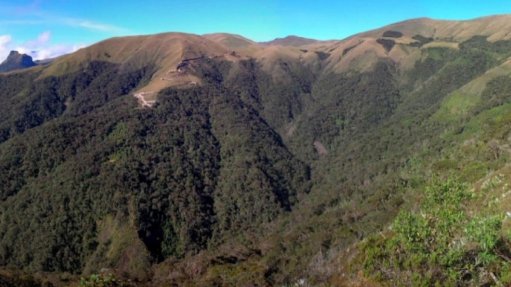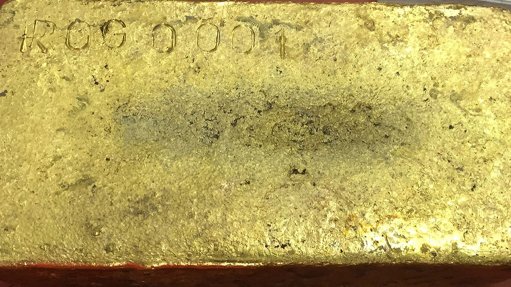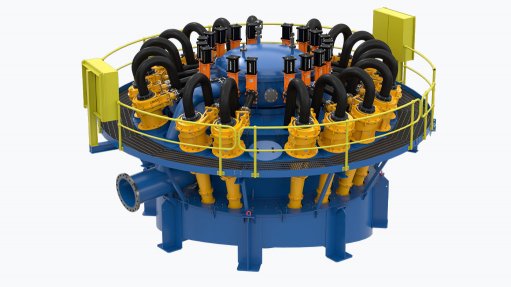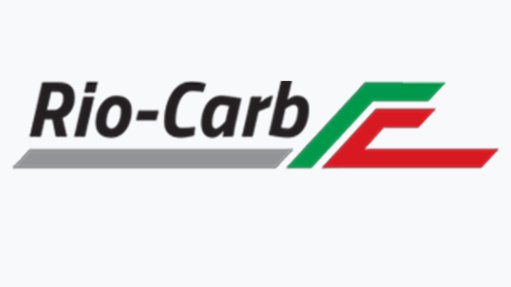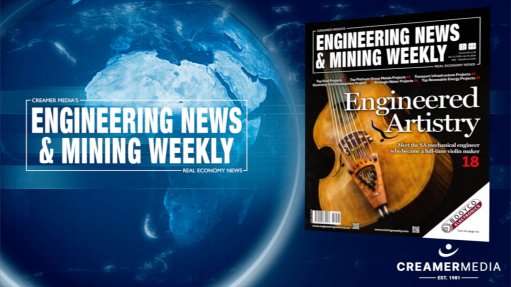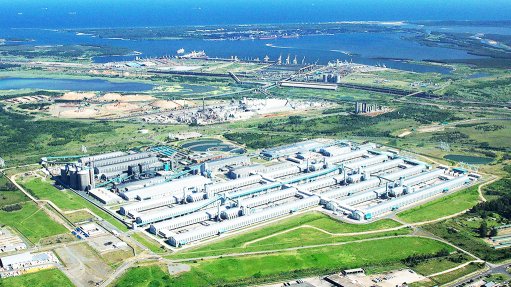FQM lists requirements for Zambia to reach 3Mt copper ambition
TSX-listed copper, nickel and gold producer First Quantum Minerals (FQM) has shared its bold vision for helping Zambia reach production of three-million tonnes of copper a year by 2032.
To produce this amount and considering the declining grades from 2% upwards ten to twenty years ago, compared with about 0.5% currently, about 815-million tonnes of ore will need to be mined.
Three-million tonnes of copper output a year translates to a $30-billion mining value chain, at least, compared with the current $3-billion value chain for 250 000 t/y.
FQM country director Anthony Mukutuma said the ambition must be matched by strategy. He called for a “new era of mining” at the Zambia Mining and Investment Insaka event, built on sustainability, community engagement and future-ready skills that can turn the copper boom into lasting prosperity.
The Insaka provided a platform for industry leaders to discuss the future of Zambia’s mining sector.
Mukutuma pointed to the need for more infrastructure, considering that three-million tonnes of copper production in Zambia will require moving 2.4-billion tonnes of waste and storing 790-million tonnes of tailings.
“These would be massive structures, ranging between 30 km and 40 km in circumference and between 20 m and 70 m high,” he explained, adding that such operations will demand high capital intensity in an area where Western-facing companies face higher borrowing costs compared to Eastern counterparts.
Despite the challenges posted by declining ore grades and high costs associated with infrastructure development of this nature, Mukutuma said Zambian businesses have a substantial opportunity within the value chain.
For example, moving 2.4-billion tonnes of waste alone represents an estimated $16-billion in business at nominal contractor rates.
To ensure the benefits of mining permeate the wider economy, Zambian officials recently signed the Statutory Instrument for Local Content, which Mukutuma believes is a sound document that will see greater participation of Zambian companies in the mining value chain.
As Zambia realises increased copper production initiatives, Mukutuma deemed it necessary to pursue sustainable mining practices that have people and communities at its core.
“You cannot mine anywhere in the world without trusting, respectful and transparent relationships with communities, equitable sharing of resources such as land and water and ensuring that mineral extraction leads to tangible socioeconomic development.”
Looking ahead to Zambia’s mining future, Mukutuma pointed out three crucial areas; increased exploration spend, technology and innovation and security of tenure through community engagement.
“Even unsuccessful exploration builds valuable knowledge, especially if aggregated into an accessible national database,” he stated.
Mukutuma further said the use of technology can help ensure strong returns on investment, given the high capital intensity of new mines often being an inhibiting factor for investors. FQM’s use of autonomous drills and plans for autonomous trucks, for example, alongside remote sensing for managing vast tailings dams, has ensured safety and proper failure prevention.
This digitalisation of mines, however, requires for companies to invest in technology hubs and provide future-ready skills such as programming and coding for artificial intelligence and automation.
FQM’s Kwambula trade school, in Solwezi, has trained more than 540 young people in this regard. The company has often implemented all-women intakes, which resulted in 30 women having successfully graduated from the trade school and working in the mines.
Commenting on what else mining companies can do to ensure sustainability in Zambia, Mukutuma said the country’s robust Environmental Protection Fund involves independent consultants assessing the potential environmental impacts of mines and translates it into financial liability. A portion of this liability is deposited in cash, with the remainder being secured by a bank guarantee.
“This system incentivises ongoing rehabilitation. As mining progresses, an independent auditor assess the liability every year. If there is an area that has been rehabilitated or revegetated, the liability is adjusted downward, which reduces the cost of the bank guarantee and motivates continuous environmental stewardship,” he explained.
In FQM’s case, consistent rehabilitation has taken place at the Kansanshi and Trident mines, as well as their tailings storage facilities.
Meanwhile, FQM company produced 431 000 t of copper, 139 000 oz of gold and 24 000 t of nickel in 2024, including from the Kansanshi, Sentinel and Enterprise mines, in Zambia, as well as the Guelb Moghrein mine, in Mauritania, and the Frontier mine, in the Democratic Republic of Congo.
FQM aims to grow its Zambian copper production to between 450 000 t and 500 000 t next year.
Article Enquiry
Email Article
Save Article
Feedback
To advertise email advertising@creamermedia.co.za or click here
Announcements
What's On
Subscribe to improve your user experience...
Option 1 (equivalent of R125 a month):
Receive a weekly copy of Creamer Media's Engineering News & Mining Weekly magazine
(print copy for those in South Africa and e-magazine for those outside of South Africa)
Receive daily email newsletters
Access to full search results
Access archive of magazine back copies
Access to Projects in Progress
Access to ONE Research Report of your choice in PDF format
Option 2 (equivalent of R375 a month):
All benefits from Option 1
PLUS
Access to Creamer Media's Research Channel Africa for ALL Research Reports, in PDF format, on various industrial and mining sectors
including Electricity; Water; Energy Transition; Hydrogen; Roads, Rail and Ports; Coal; Gold; Platinum; Battery Metals; etc.
Already a subscriber?
Forgotten your password?
Receive weekly copy of Creamer Media's Engineering News & Mining Weekly magazine (print copy for those in South Africa and e-magazine for those outside of South Africa)
➕
Recieve daily email newsletters
➕
Access to full search results
➕
Access archive of magazine back copies
➕
Access to Projects in Progress
➕
Access to ONE Research Report of your choice in PDF format
RESEARCH CHANNEL AFRICA
R4500 (equivalent of R375 a month)
SUBSCRIBEAll benefits from Option 1
➕
Access to Creamer Media's Research Channel Africa for ALL Research Reports on various industrial and mining sectors, in PDF format, including on:
Electricity
➕
Water
➕
Energy Transition
➕
Hydrogen
➕
Roads, Rail and Ports
➕
Coal
➕
Gold
➕
Platinum
➕
Battery Metals
➕
etc.
Receive all benefits from Option 1 or Option 2 delivered to numerous people at your company
➕
Multiple User names and Passwords for simultaneous log-ins
➕
Intranet integration access to all in your organisation



